Microsoft has released its latest version of the Windows Operating System. This blog will discuss how to Install Python in Windows 11 along with testing and setting up the interpreter. There will step-by-step guide without leaving any step behind. So, this blog is targetting absolute beginners as well as references for advanced programmers and users.
Steps to Install Python in Windows 11:
Step 1: Open a Browser, we are using Chrome
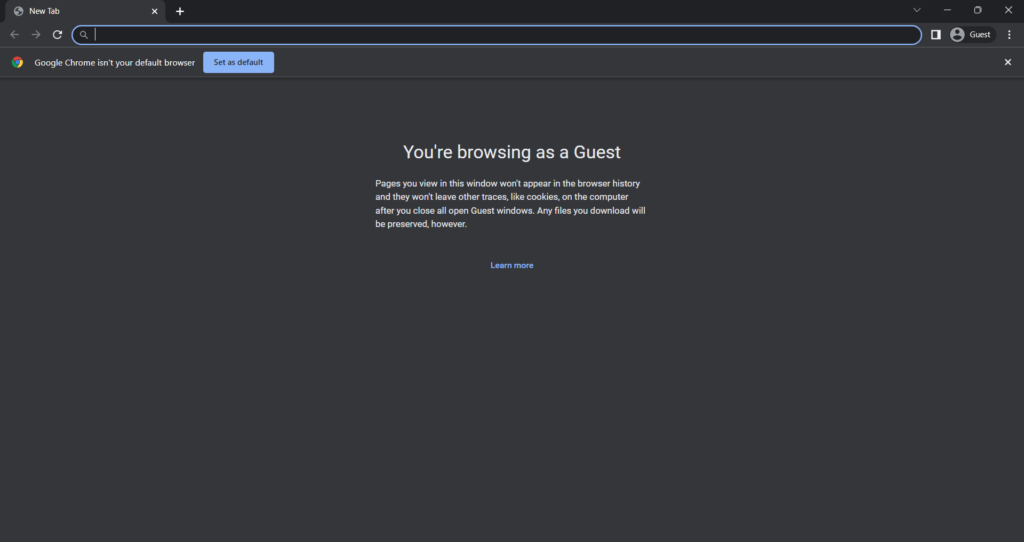
Step 2: Open this website: https://python.org/. This is the official website to download python in windows 11 or any other operating system

Step 3: Hover on the Downloads Menu and click on Download the latest version
The website will automatically detect your operating system. During the writing of this blog, the latest version is 3.10.8.

The download will automatically start. Click on the downloaded exe file to execute it. This will start the installer program.

Step 4: Installing Python
After you click the downloaded file, the installation will start. First, tick the Add python.exe to PATH option. This will add python.exe file in an environment variable.

Step 5: Click on Install Now
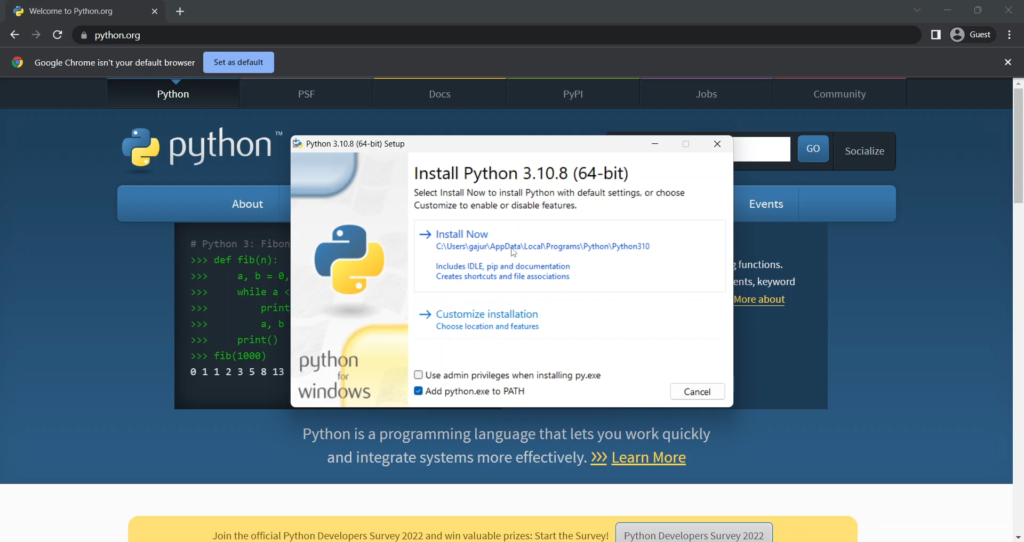
The installation will start now. This will take some time. So, be patient and let the installation complete. You can do other work on your computer while Python is being installed.

The installation will be complete in some time.

Step 6: Python installation and setup are completed
Now, the following screen should be displayed. Click on Close.

Step 7: Click on the Windows Icon to open the start menu

Step 8: The latest installed program will be displayed in the Recommendation. Click on IDLE. IDLE is the default code editor and Integrated Development Environment of Python which comes automatically with the python interpreter.
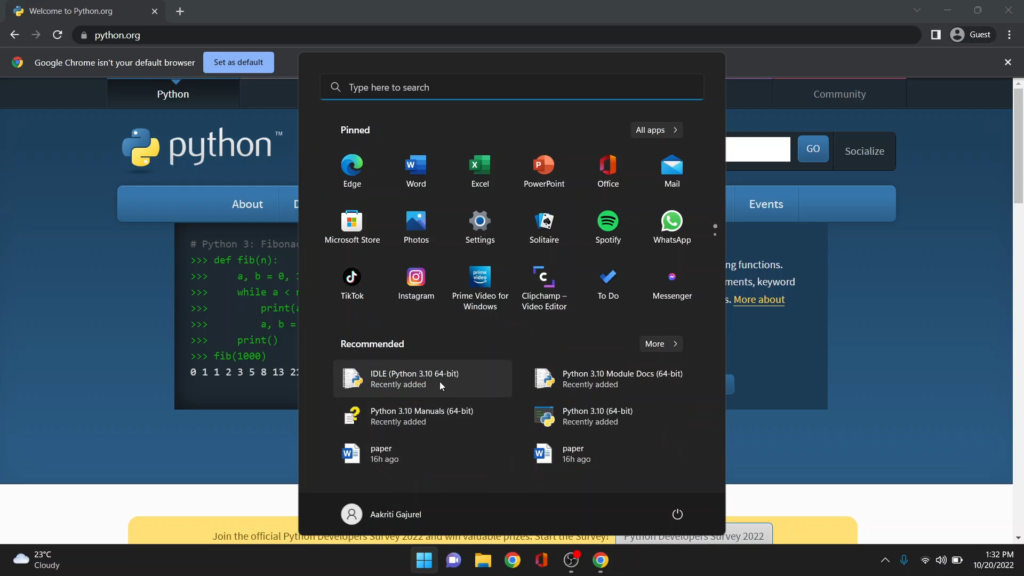
Step 9: You can see as in the following picture. This is the Python IDLE Shell.
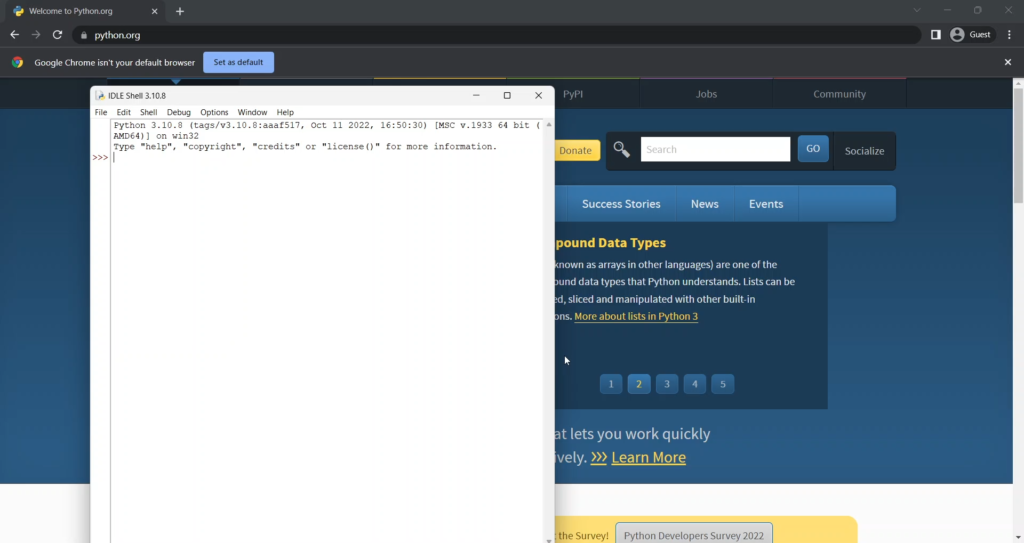
Step 10: Click on the File menu and “New File”. This will open a new window where you can write actual Python Code.

Step 11: Write the code in this code editor you are displayed.


Step 12: Click Ctrl+S to save the file. You can give the file any name. After writing the name, click on “Save”.

Step 13: To run the code, click on Run and “Run Module”. You can also press F5 to run the code.

Step 14: This will run the code and display the output in the Python IDLE Shell.
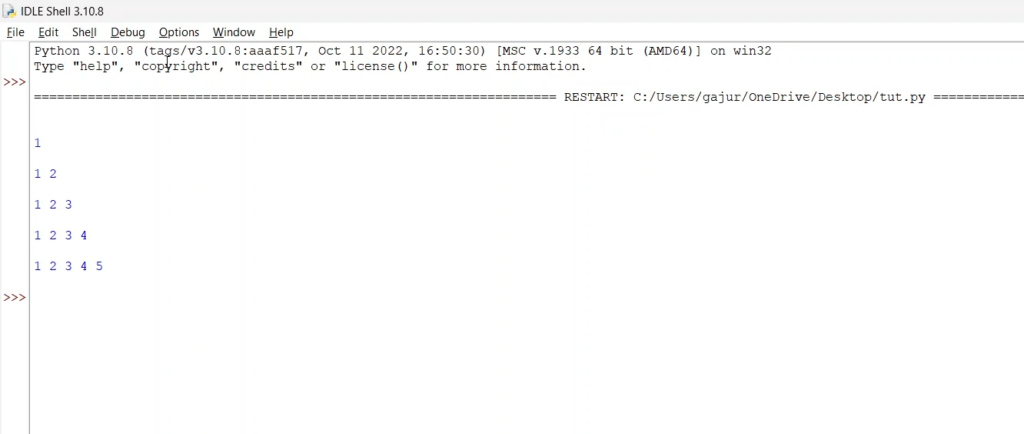
Conclusion
Yay, congratulations. We have successfully installed and set up Python in Windows 11. There are many blogs on our website for beginners as well as advanced Python enthusiasts. You can check blogs on Python and related technologies like Selenium, Turtle, PyGame, Machine Learning, Artificial Intelligence, etc.
KEEP LEARNING, AND KEEP CODING.
Also Read:
- Most Underrated Database Trick | Life-Saving SQL Command
- Python List Methods
- Top 5 Free HTML Resume Templates in 2024 | With Source Code
- How to See Connected Wi-Fi Passwords in Windows?
- 2023 Merry Christmas using Python Turtle
- 23 AI Tools You Won’t Believe are Free
- Python 3.12.1 is Now Available
- Best Deepfake Apps and Websites You Can Try for Fun
- Amazon launched free Prompt Engineering course: Enroll Now
- 10 GitHub Repositories to Master Machine Learning
- Hello World in 35 Programming Languages
- How to Scrape Data From Any Website with Python?
- Become Job Ready With Free Harvard Computer Science course: Enroll Now
- Free Python Certification course from Alison: Good for Resume
- Download 1000+ Projects, All B.Tech & Programming Notes, Job, Resume & Interview Guide, and More – Get Your Ultimate Programming Bundle!
- Udacity Giving Free Python Course: Here is how to Enroll
- Love Babbar’s Income Revealed
- Top 5 Websites to Learn Programming in 2024
- Python Internship for college students and freshers: Apply Here
- Microsoft Giving Free Python Course in 2023: Enroll Now
- Top 5 Free Python Courses on YouTube in 2024
- Complete Python Roadmap for Beginners in 2024
- New secrets to Earn money with Python in 2024
- Connect with HR Directly – Job Hack
- Google offering free Python course: Enroll Today
- What is an AI Tool?
- Google Internship 2024
- TCS Launched Free Certification Course with Industry Recognized Value
- Top Free AI Tools for Students and Job Seekers
- Unveiling the Future of AI Detector

